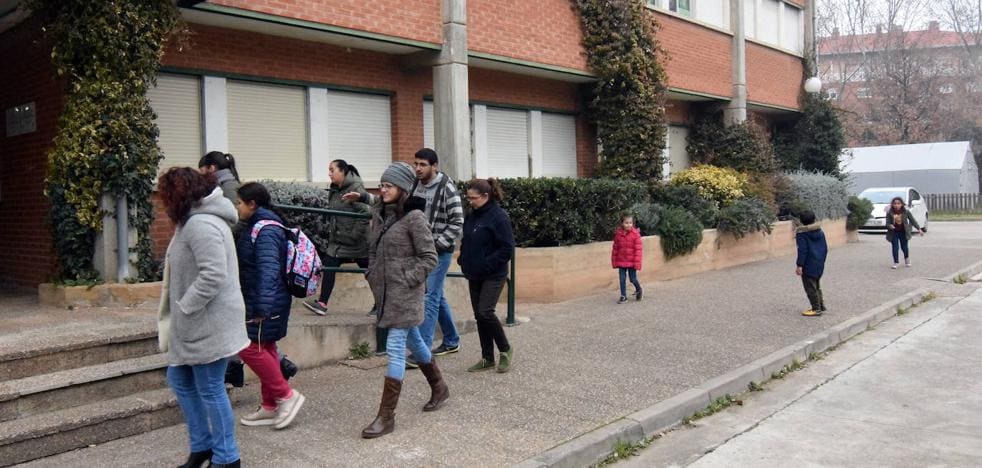On May 27, the majority of the CEIP San Francisco de Logroño cloister came out in favor of ending a period of more than thirty years as a nursery and primary school. Anyone who does not know the history and current situation of the center may be surprised by this majority pronouncement of its teachers. This text is intended to help you understand it.
In this course that concludes, a girl has attended the First Infant level alone, without classmates of the same age. Despite this, and it must be admitted, the template remained unchanged, as if the class had been complete. Let the reader think if this is the ideal situation for their education. In the enrollment process for the next academic year, only two students have opted for the center. Thus, next year, this inefficient schooling would take place in two of the three Infant grades.
There is no doubt that the lack of enrollment is due, on the one hand, to the global decrease in the number of students, especially immigrant students who are the majority in the center. But of course it obeys the type of center that history and the different educational, housing and social policies that successive governments have developed have made it. The San Francisco school is, without a doubt, a clear example of those centers referred to in the recent report by Save the Children that exert “a very negative impact on the opportunities of the students”. That is something that parents who have to choose to educate their son or daughter know perfectly well and determines their choice.
Let’s be honest, when San Francisco is ignored, it is not because of the methodology, because of the quality of the educational offer or because of the dedication of the teaching staff. He is not chosen because the families deep down know that, in the words of the cited study, “excessive segregation can have very negative consequences on students in terms of learning, probability of graduation, civic behavior and income in adult life.”
Recently a manifesto signed by various groups has appeared demanding the continuity of the center. Let’s be honest again. Would the leaders of these associations be willing to enroll their sons or daughters in this center? Would the reader choose it?
The viability of CEIP San Francisco as a Primary Infant Center does not depend on getting the marketing right. It has nothing to do with whether it offers this or that more or less fashionable project that will seduce families. The future of the center is conditioned by the center’s own profile. And that profile began to materialize from the second year of its operation. Since then, although it has been tried to make up, it has been concentrating students according to their individual characteristics of ethnic, immigration or socioeconomic nature, accentuating its character as a center specialized in serving segregated students.
In 1992, the last year I taught at the center, on behalf of the Association of Gypsies Teachers, I met with Francisco Rosa, provincial director of Education, to ask him to close the center. We understood that its continuity deprived students of access to an education in conditions of full integration far from what we understood as desirable for them. It offered comfort to the Administration and frustrated the aspirations of the students. Today, as then, the painful closure of this particular public center must be viewed not as a problem, but as the beginning of a solution. It is necessary to immediately start working on policies that promote schooling without segregation, that prevent other centers from becoming the new center without enrollment demand. With the closure of San Francisco, it is confirmed that public education is assuming the majority of the decline in students in the system. The chain has been broken at the weakest link. And that is serious. That is why I understand that there are those who want to raise their voices in a closed defense of the model that guarantees the fairness of the system. The center must continue to offer public education and we must demand that this loss of classrooms be duly compensated within the same network. However, I believe that we must also assume that difficult, traumatic, but necessary decisions have to be made.
The teachers of CEIP San Francisco with their vote have shown us that, above their professional and emotional interests, what they want is a better future for their students. That same must be the interest and commitment of the whole of society.
The most important thing should not be the destiny of a school, which is; but, in this case, the fate of the school’s students. Let’s claim a better future. A better future for the students of CEIP San Francisco.
– .


